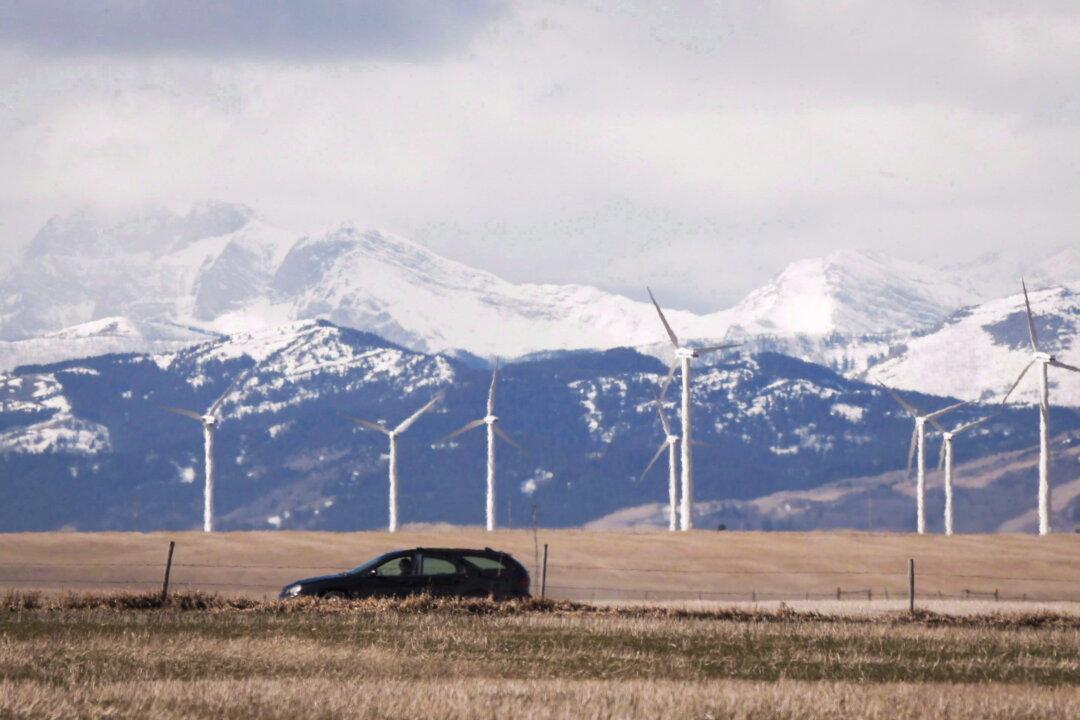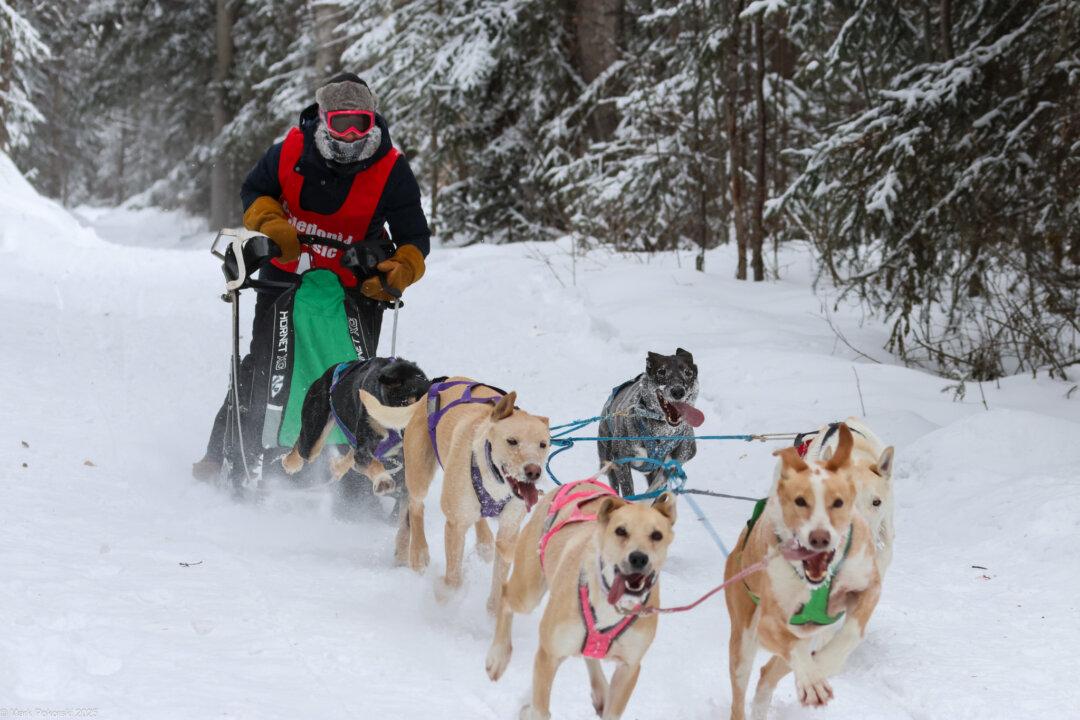The Aug. 3 announcement by the Alberta government to impose a six-month moratorium on larger renewable energy projects caught many by surprise.
“This moratorium on renewable energy is bad for business, bad for the environment and bad for Albertans,” said the Environmental Defence group in a news release.





